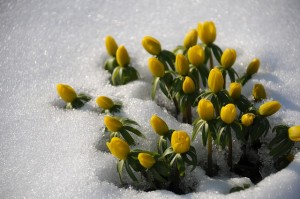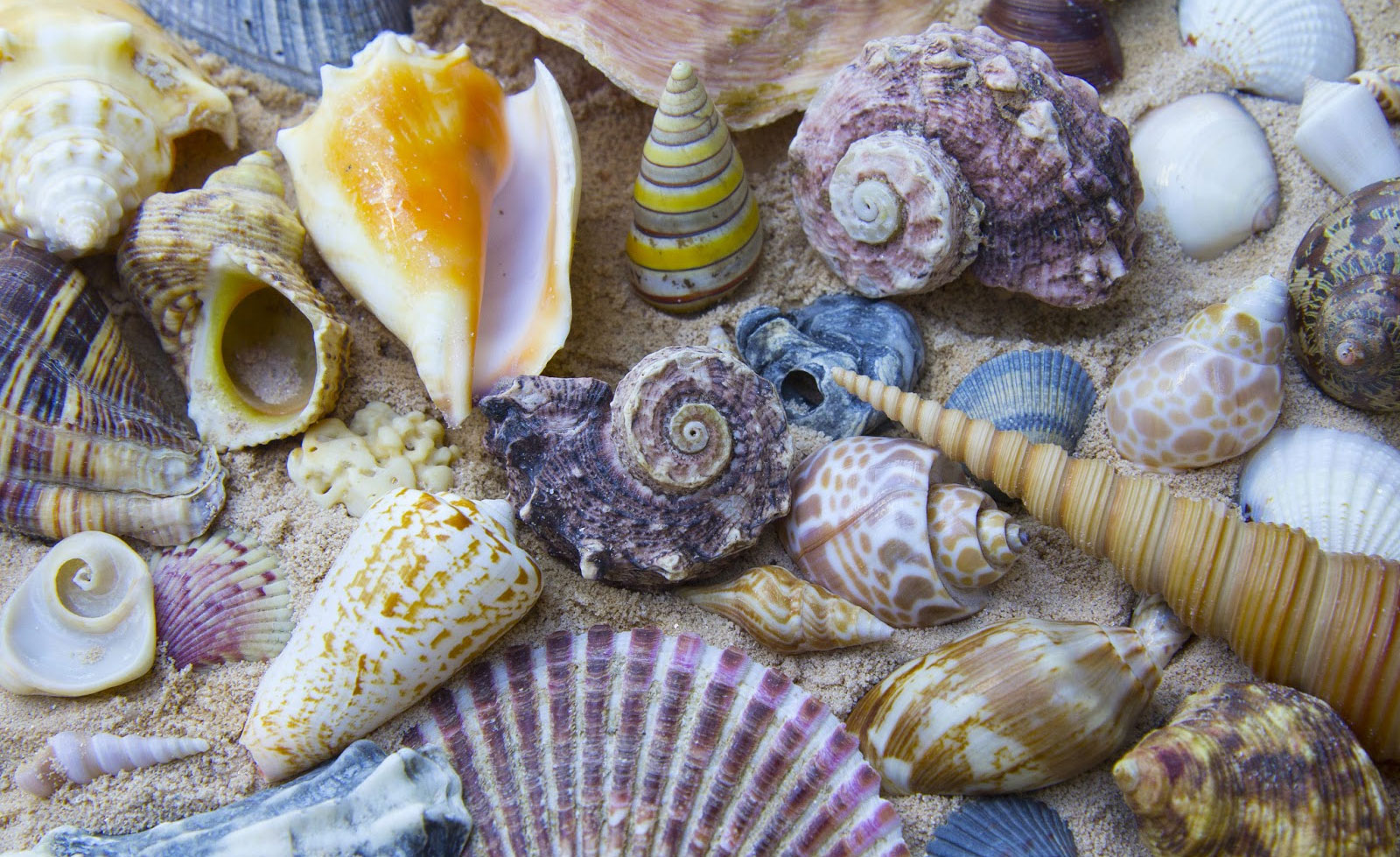 Imbolc asks us to wake up, to pay attention.
Imbolc asks us to wake up, to pay attention.
Imbolc marks the halfway point between the Winter Solstice and the Vernal Equinox and represents the quickening of Mother Earth, when life stirs deep within the land, bringing the promise of spring. Imbolc comes on February 2 this year, although in some places it is celebrated on February 1.
And, for some, Lunar Imbolc (the new moon closest to Imbolc) is a black moon. A black moon is the second new moon in a calendar month Others say it is the fourth new moon in a calendar quarter. Depending on where you are on the planet, the moon is new on Monday, January 31, and for others new on, Tuesday, February 1. For example, the moon is new January 31 at 9:46 pm if your time zone is PST. If you’re in EST, it’s new at 12:46 am on Tuesday, February 1. In any case, the moon is new in the sign of Aquarius, and according to astrologer Robert Wilkinson, this is the time to increase our spiritual connections to others, and to heed a call to move into a rebirth of vision.
Mother Earth awakens in the Northern Hemisphere, even as it feels that she will slumber forever. The amount of daylight lengthens every day, even when we are unaware. The world quickens toward spring in the darkest time of the year, and we don’t notice. Life renews itself, even when the world is covered in a blanket of snow. Winter drags on, and it feels as if it will never end.
But it will end. Spring will come again. Crocuses and daffodils and snowdrops will burst forth. Redbud tree leaves will unfurl. Trickling streams will become raging rivers.
Celebrated for millennia, there are several possible meanings of the word Imbolc: “in the belly,” referring to the pregnancy of ewes, “ritual cleansing,” “milk,” and “budding.” Imbolc has long been associated with the Goddess Brigid (often pronounced “breed”).
In Celtic lands, Goddess Brigid has been revered, particularly at Imbolc, since ancient times. Perhaps loved more than any other Celtic Goddess, Brigid, a fertility Goddess, is the Goddess of sacred wells, fire, poetry, smithery, milk, and early lambs. As Christianity overtook paganism, it was unable to take Brigid from the heart of the Celts, so they made her into Saint Brigid and created the holiday of Candlemas.
Throughout Ireland and other Celtic lands, there are still sacred wells dedicated to Brigid. The waters are said to have healing properties, and are used to bless people, livestock, and property. A shrine in Kildare, Leinster, Ireland, is thought to be the oldest that commemorates her, and a perpetual flame is tended there to honor Brigid as Goddess of fire.
Brigid protects the ewes that sometime deliver early lambs at Imbolc, and she is honored as the protector of mothers, particularly pregnant and lactating women.
Because Imbolc is a feast of home and hearth, poems are often read in her honor during quiet evenings around the fire.
Her name is spelled many ways in many lands, and a specially-designed cross made of rushes is her primary symbol, although dolls made of reeds or rushes are also made to honor her. (You can find instructions for making these on the internet.) The crosses are hung above doors and windows in homes and stables to protect them from fire and lightning.
This year, once again I celebrate this joyful holiday that honors the stirring of Mother Earth, and honors Goddess Brigid. The altar will be filled with candles, early spring flowers, metal (to represent smithery), and other symbols of the holiday. Poems will be read. There will be great food, and a plate set for Brigid. Thanks will be given for the comfort of home and hearth, for the quickening of Mother Earth, and for love and kindness.
Perhaps more than anything else, Brigid represents hope and healing. At this cross-quarter time of Imbolc between the faint glimmer of light at the Winter Solstice and the bursting light of the Vernal Equinox, we need her healing energy, her ray of hope, and her promise that the Wheel will spin exactly as it always has, once more.
Blessed be,
Deb


Leave A Comment
You must be logged in to post a comment.